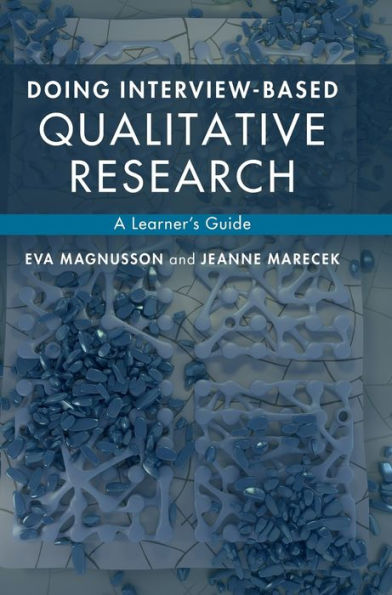For many students, the experience of learning about and using qualitative methods can be bewildering. This book is an accessible step-by-step guide to conducting interview-based qualitative research projects. The authors discuss the 'hows' and 'whys' of qualitative research, showing readers the practices as well as the principles behind them. The book first describes how to formulate research questions suited to qualitative inquiry. It then discusses in detail how to select and invite research participants into a study and how to design and carry out good interviews. It next presents several ways to analyze interviews and provides readers with many worked examples of analyses. It also discusses how to synthesize findings and how to present them. Doing Interview-based Qualitative Research equips readers in disciplines such as psychology, sociology, education, counseling, nursing, and public health with the knowledge and skills necessary to embark on their own projects.



